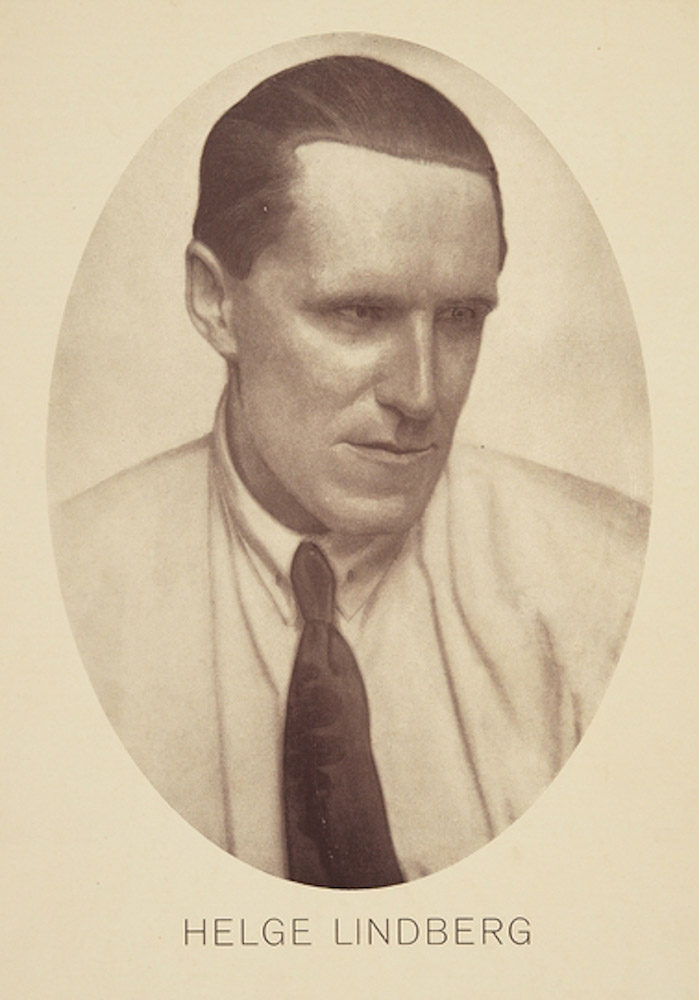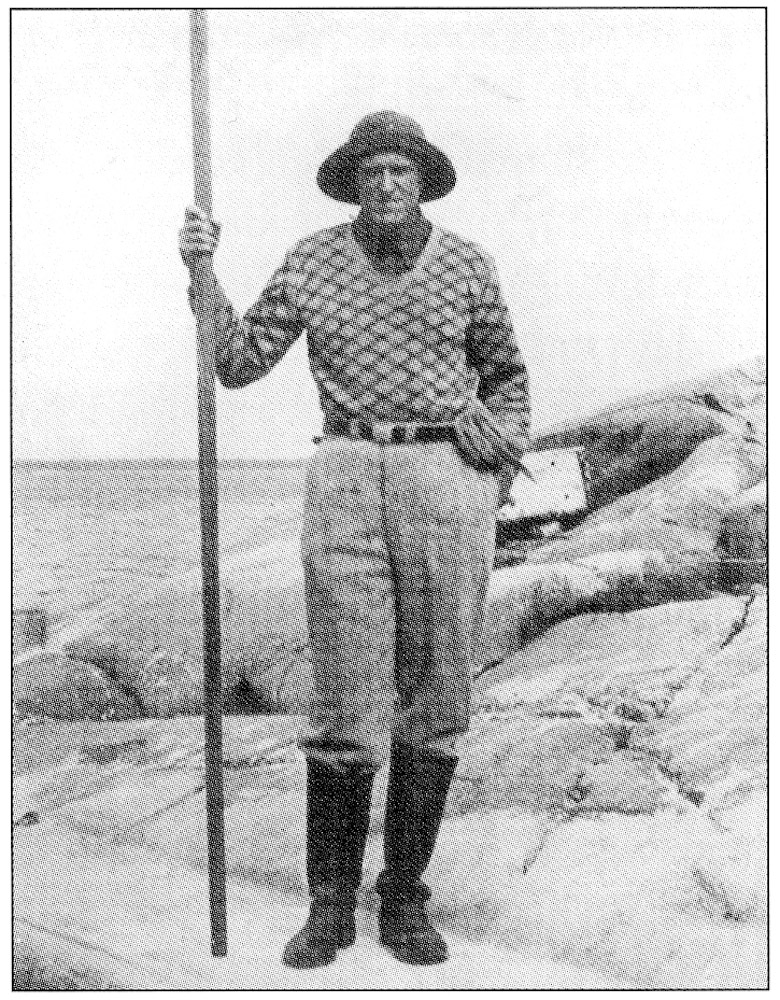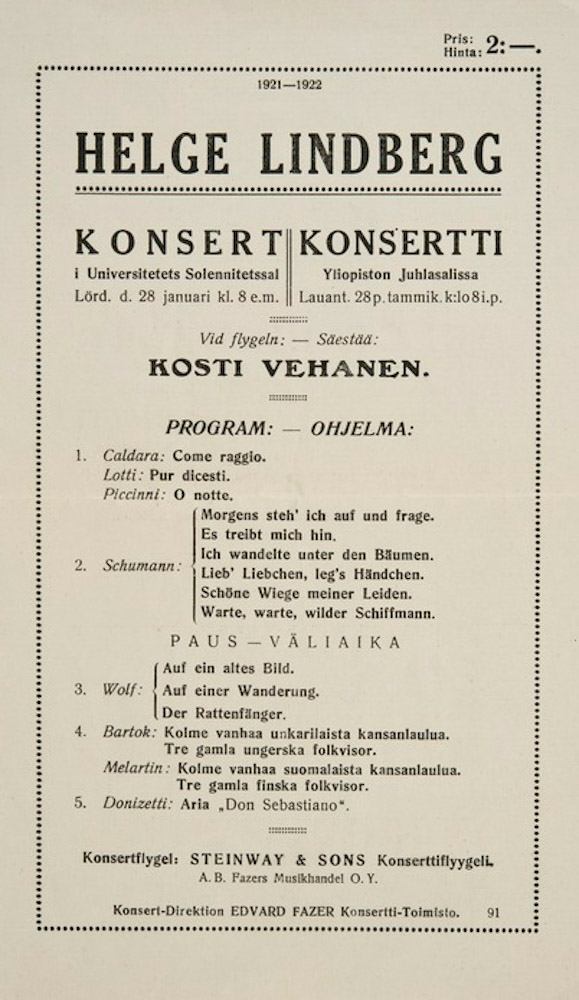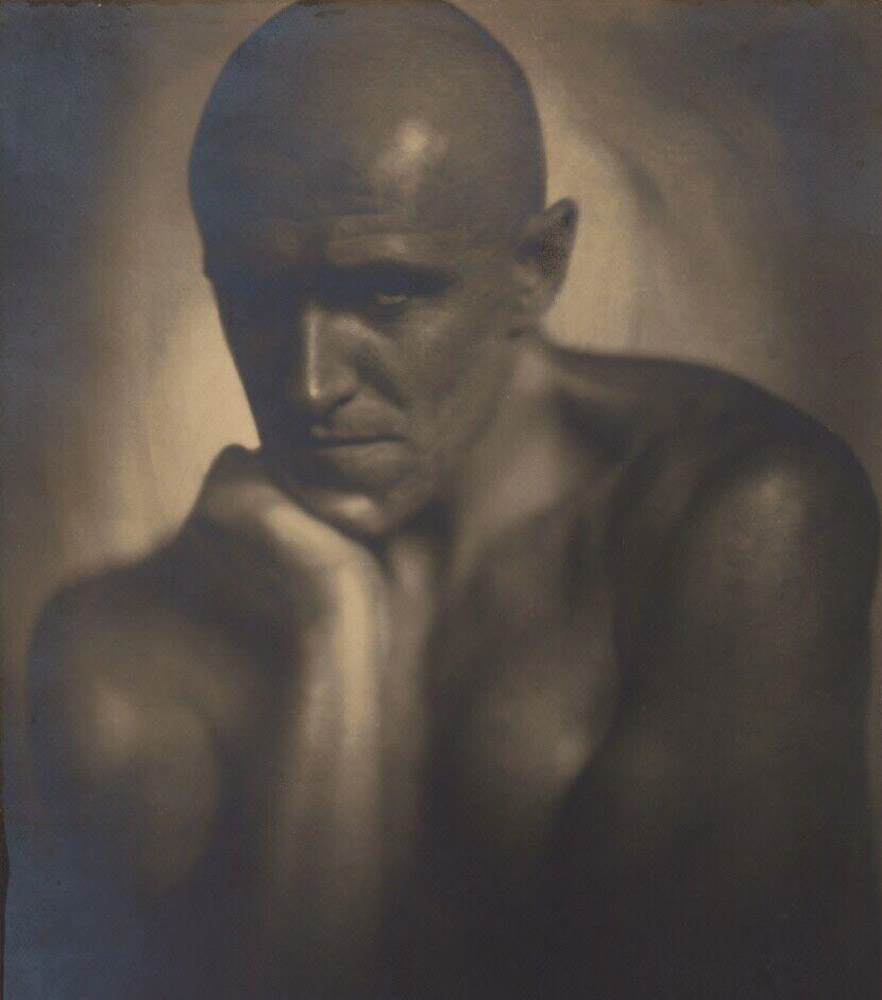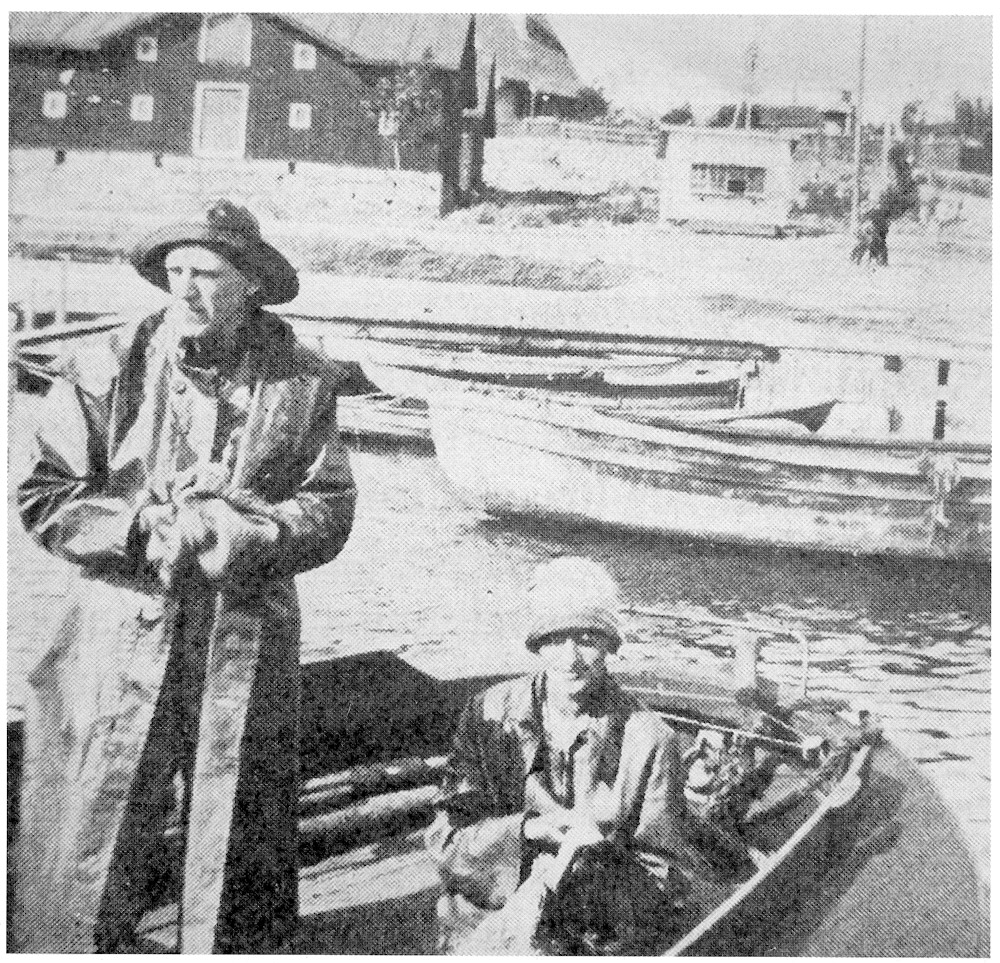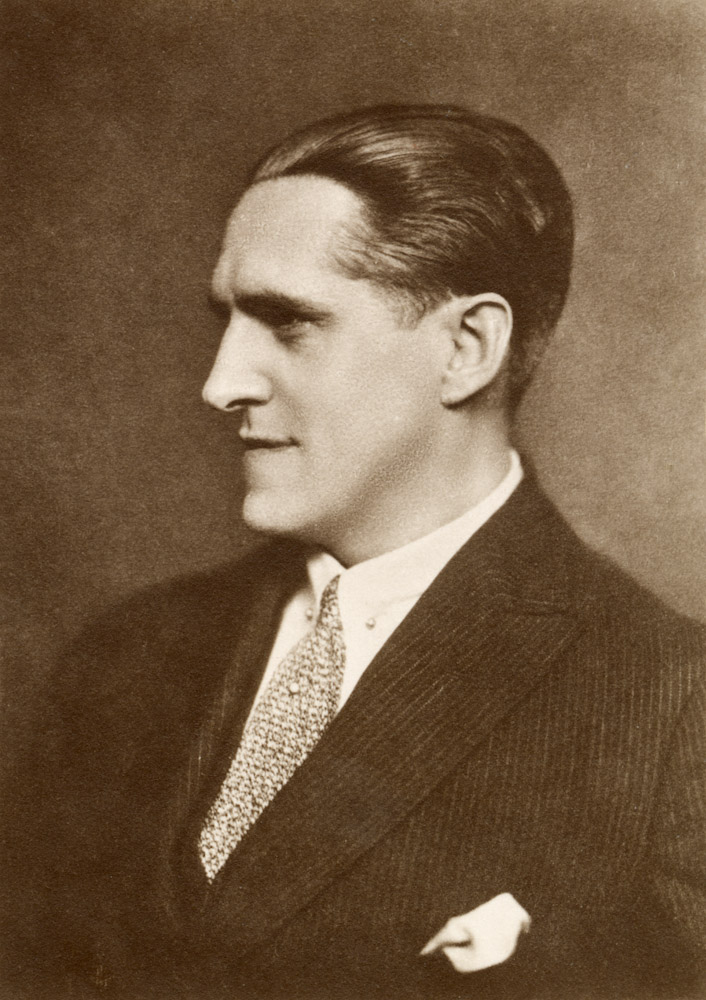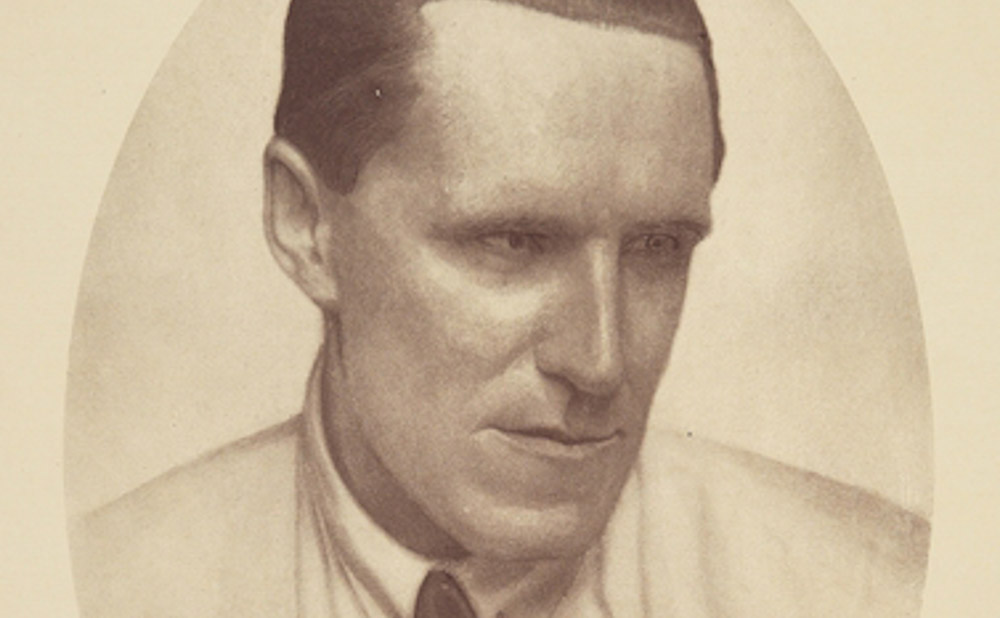
Three nautical miles from the tip of the park cliffs to the east is Sandskär Island. On the quiet summer days of the mid-1920s, the voice of the famous singer Helge Lindberg was far from there. During the summer, he rehearsed 8 concert programs on his own island and gave another hundred concerts across Europe each year. The family's actual hometown was Vienna.
In Hanko, Helge Lindberg was a revelation. He came on trade trips in his tarred peasant's sloop and dressed like a fisherman: a cardigan, a woolen shirt, an oilcloth coat and trousers. On his island, he preferred to be naked, and if the weather permitted, on Sundays he would strip down to nothing but a belt. Physically, the man was Athletic and strong as hell.
Whatever Helge did, he always tried to surpass himself. He had been wobbly since he was born. He had a small deformity in his vocal cords, which was treated with surgery and rigorous training. Helge Lindberg was known around the world for his extraordinary breathing technique. He could sing very long phrases in one breath ending in a huge crescendo!
Helge Lindberg had an unusually sharp head. He memorized his repertoire, sang in 12 languages and, if necessary, in dialects, he read a lot and chose meaningful written texts to sing. He wrote poems himself, in German and Swedish.
In Hanko, Helge Lindberg gave a few concerts, which usually filled the house. At the legendary Kylvettäjättäri festival in 1927, he sang Schubert and Finnish folk songs. The casino had seats for 1,000 people, but not everyone could fit in. Hankö-lehti reports: "It was like the good old days in Hanko again. Here it was summer and sun, there were so many people here that it was impossible to find a place to stay for everyone, here there were yachts with bulging sails, here there was youth and beauty, here there were ministers and generals, here there were people from at least ten European countries, here there was a mixture of languages, here was life, here was party.”
Photos: Hanko Museum, Sibelius Museum.
Sources: Birgitta Ekström-Söderlund, Marketta Wall: In Hanko like abroad, it's a konsana II Hanko museum's Publication series no 26, 2007.
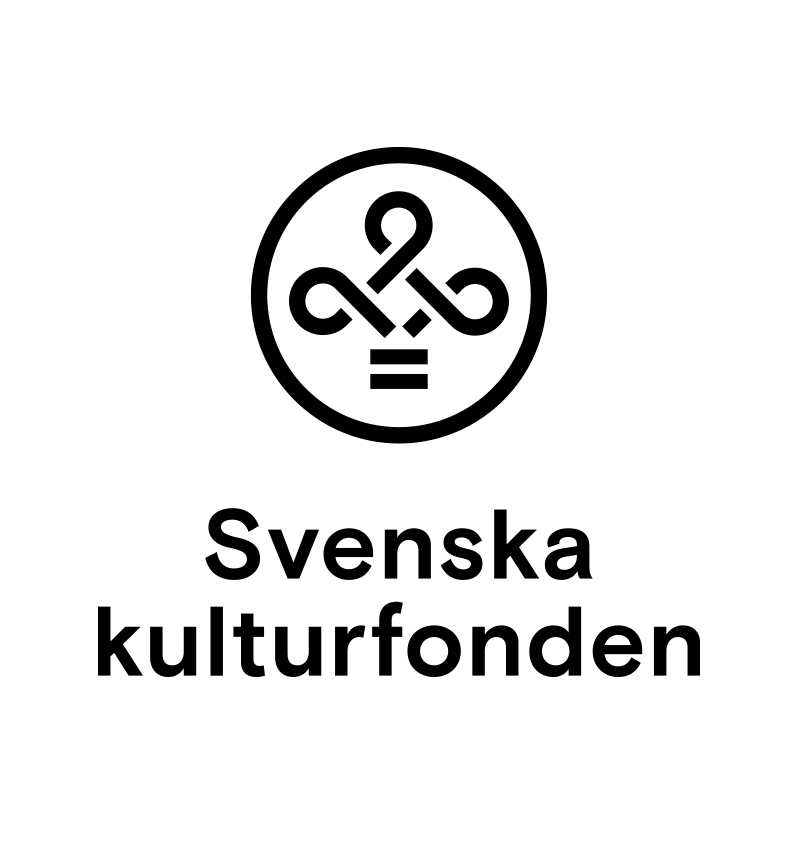
This story has been produced with the support of the Svenska Kulturfonden.

